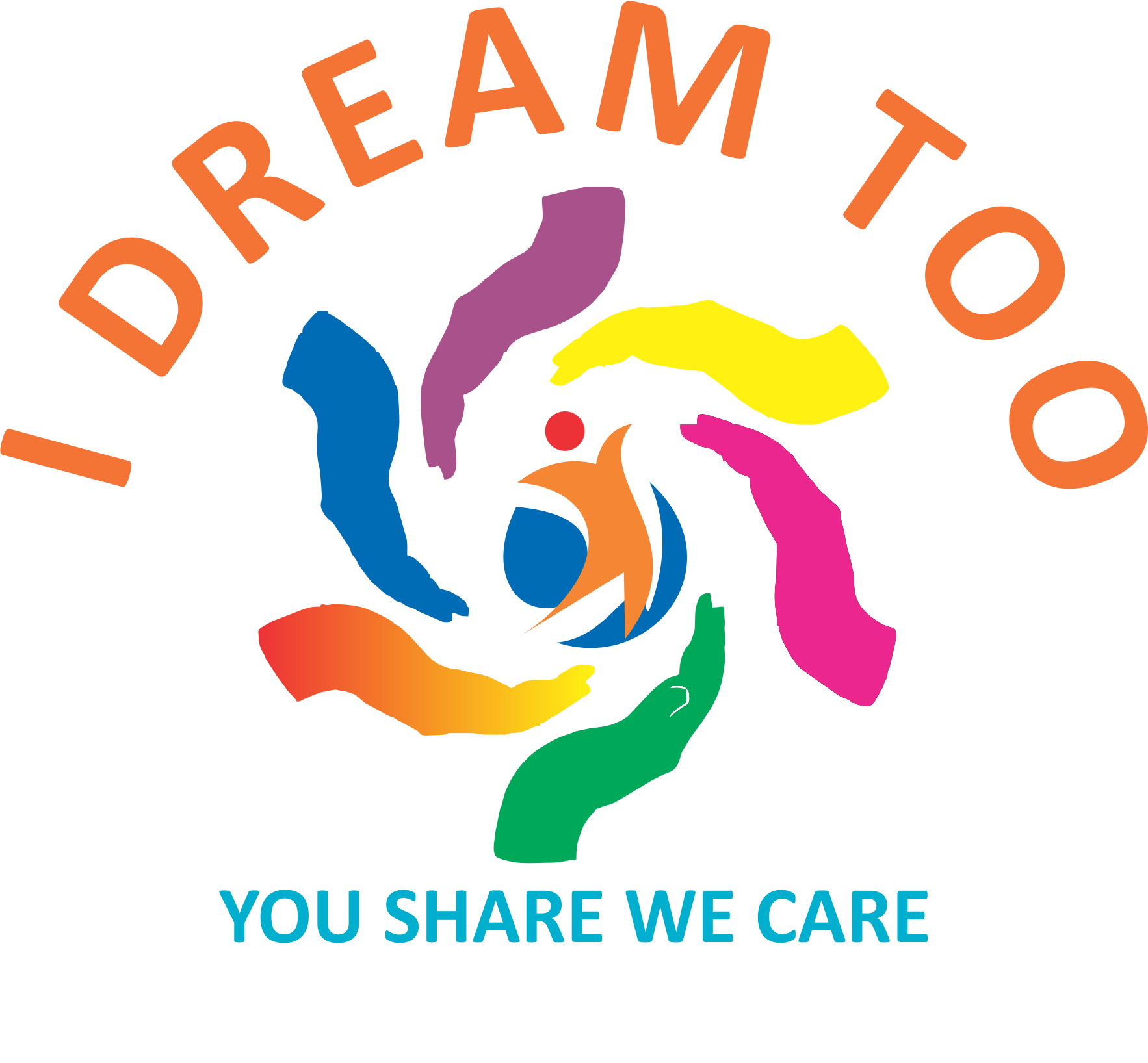Prem Bhai – Story
मेरे सभी भाइयो से निवेदन है 5मिनट का समय निकाल कर इस कहानी को पढ़े ये एक #हीमोफिलिया से पीड़ित...
Read More











“We make a living by what we get, but we make a life by what we give.”
– Winston’ Churchill
“Life’s most persistent and urgent question is, What are you doing for others?”
– Martin Luther King




We are working together to improve the treatment and life quality of the blood disorder patients. As the medication & treatment is very expensive, we need your support.

As per some recent surveys, around half of the haemophiliacs in the world live in India, out of which 70% do not have adequate knowledge or access to treatment.

Nothing could be possible without you, we are eagerly waiting for you to join us and pledge for spreading awareness so that not even a single patient remain undiagnosed.





Hemophilia A: This is the most common type of hemophilia which involves deficiency of clotting Factor VIII (factor eight).
Hemophilia B: It involves deficiency of clotting Factor IX (factor nine). It is less common as compared to Hemophilia A.
It includes a physical exam, blood screening tests, and clotting factor tests. The blood screening tests are necessary to determine the delay in blood clot formation. Clotting factor tests, also called factor assays, are required to determine the levels of clotting factors. The results of these tests reveal the type and severity of hemophilia.
This condition can’t be cured but can only be managed. Every bleeding episode should be adequately treated by replacing deficient clotting factor; the process called Factor Replacement Therapy which involves intravenous infusion of deficient clotting factor. Good joint health should be maintained by regular exercises recommended by a physiotherapist trained in management of hemophilia as strong joints bleed less. Crippling joint deformities can be effectively prevented by adequate care of each episode of bleeding, including replacement of the clotting factor lacked by the patient and very deliberate and persistent physical therapy. The care of people with hemophilia requires a multidisciplinary team to address different aspects of the patient’s problems.
Thalassemia is an inherited blood disorder characterised by less haemoglobin and fewer red blood cells in the body than normal.
There are two main types of Thalassemia:
The signs and symptoms depend on the type and severity of the condition.
Thalassemia signs and symptoms can include:
Diagnosis of Thalassemia requires certain blood tests. When seen under microscope red blood cells from the blood sample of affected person appear small and abnormally shaped. A Complete Blood Count ( CBC) would reveal anaemia. A test called Hemoglobin Electrophoresis shows the presence of an abnormal form of hemoglobin.
Treatment for thalassemia major (severe form of Thalassemia) often involves regular blood transfusions and folate supplements. People who receive a lot of blood transfusions need a treatment called chelation therapy. This is done to remove excess iron from the body.


मेरे सभी भाइयो से निवेदन है 5मिनट का समय निकाल कर इस कहानी को पढ़े ये एक #हीमोफिलिया से पीड़ित...
Read Moreकुछ भी लिखने से पहले उन सभी जनो का आभार जिन्होंने इंसानियत दिखाते हुए इस आपातकालिन स्थिती मे भारी मात्रा...
Read MoreThe factors that solidify blood are low in #Haemophilia patients. Stay informed about the various symptoms, causes & treatment of Haemophilia to...
Read MoreThe factors that solidify blood are low in #Haemophilia patients. Stay informed about the various symptoms, causes & treatment of Haemophilia to...
Read More